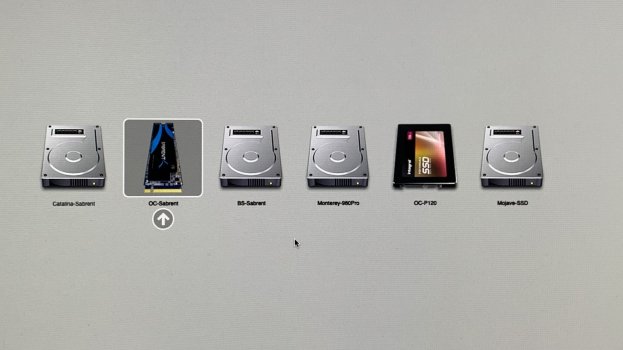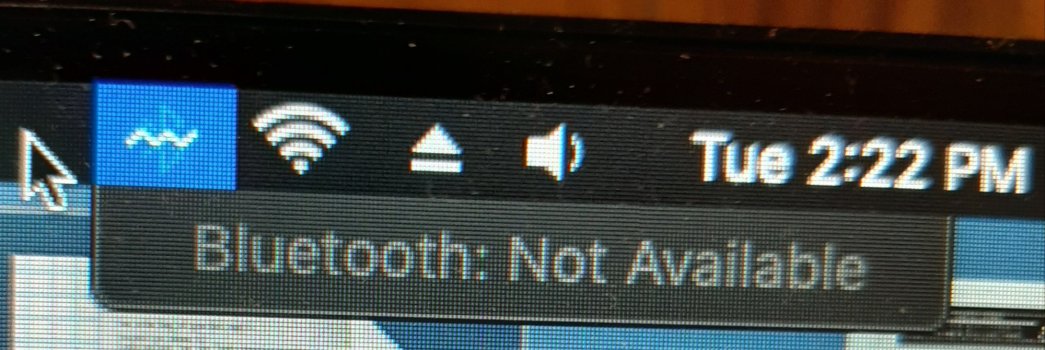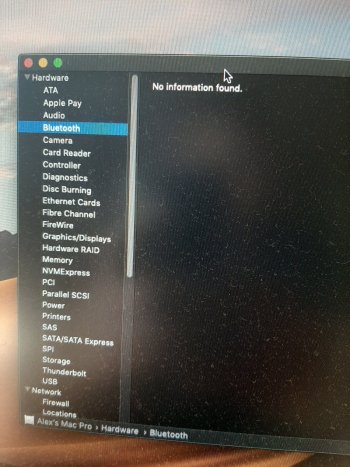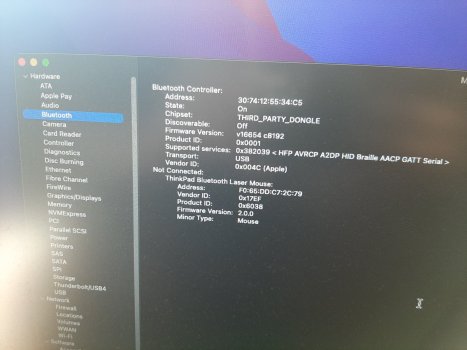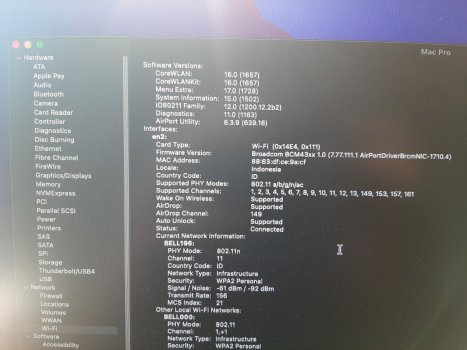I read the Windows Apendix again, this is pretty much all about the preparing of the USB stick. That basically detours the Installation USB stick through the OC EFI.
From that guide I cant really see, anything which is different from what I have on the Win SSD, except that the during win installation, paths or flags are set which aren´t set now.
The Windows EFI Partition isn´t (was never?) named EFI. its named "WINTOUSB". Could that be the problem ?
to me it looks like its a video driver problem.
the thing is, this installation was actually running on this mac in the first place.
with the same Hardware configuration.
Is it possible to convert the original USB stick, by following the guide,
to make it start over OC to fix Windows ?
From that guide I cant really see, anything which is different from what I have on the Win SSD, except that the during win installation, paths or flags are set which aren´t set now.
The Windows EFI Partition isn´t (was never?) named EFI. its named "WINTOUSB". Could that be the problem ?
to me it looks like its a video driver problem.
the thing is, this installation was actually running on this mac in the first place.
with the same Hardware configuration.
Is it possible to convert the original USB stick, by following the guide,
to make it start over OC to fix Windows ?


